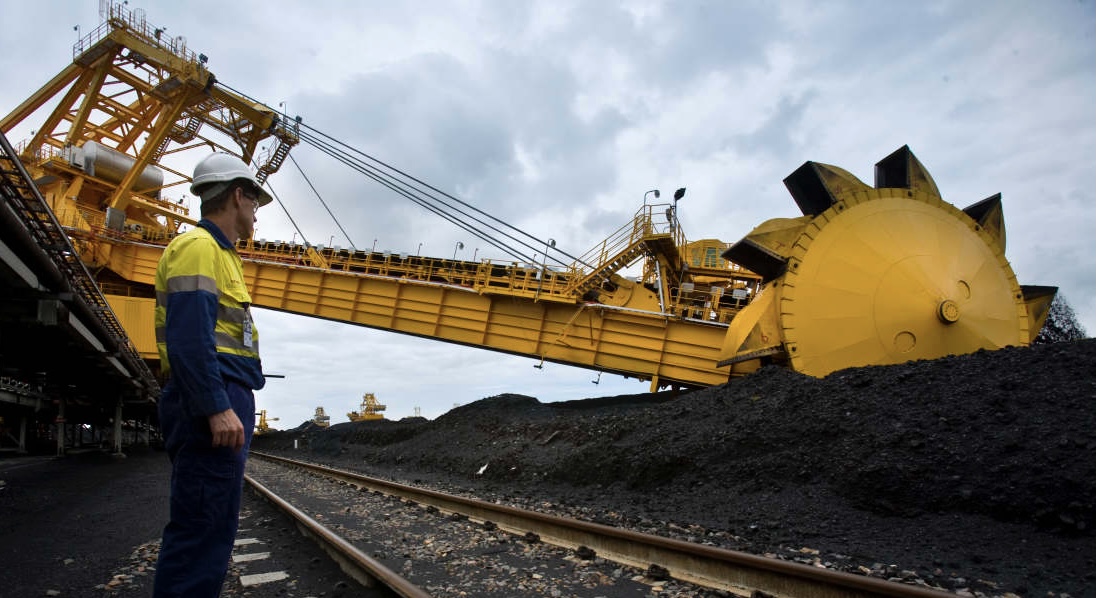KEY POINTS
- Australia’s mining and energy export earnings are forecast to drop 6%.
- Weaker prices for iron ore and energy exports drive the decline.
- Mining and energy export earnings may stabilize over the next five years.
The federal government warned Monday that lower prices for important commodities like iron ore are projected to produce a 6% decline in Australia’s mining and energy export earnings in the fiscal year ending June 30.
Export earnings fall as energy and iron ore prices ease
The Department of Industry’s most recent quarterly Resources and Energy Outlook predicts that total export revenues will drop from A$415 billion to 387 billion Australian dollars ($243 billion) in the coming year. Compared to the December estimate of a 10% decline, the updated prediction shows a lesser decline.
According to the paper, “further modest falls in earnings are likely over the five-year outlook.” By the conclusion of the forecast period, earnings are anticipated to stabilize at about A$343 billion.
Following a spike in energy costs in 2021–2022 and 2022–2023, the administration said the current fall represents a return to more reasonable market circumstances. Global disruptions like as the COVID-19 pandemic, severe weather, and the geopolitical fallout from Russia’s invasion of Ukraine were the main causes of that rise.
Iron ore demand from China declines amid global oversupply
According to the Reuters, “the global energy supply increased as a result of these high prices.”
Despite anticipated price drops, iron ore, Australia’s top export commodity, will continue to be a significant source of income. Stronger global supply and declining demand from China, Australia’s biggest trade partner, were cited in the research as the reasons for the anticipated decline in iron ore prices.
Iron ore exports to China from Port Hedland, a significant export center in Western Australia, fell 14.8% in February compared to the same month last year, indicating a slowing of Chinese demand.
Australia continues to rank among the top exporters of energy and minerals worldwide, including key minerals, coal, and liquefied natural gas. Long-term projections for the industry are still impacted by changing global market dynamics and climate regulations, though.
$1 is equivalent to 1.5906 Australian dollars.



